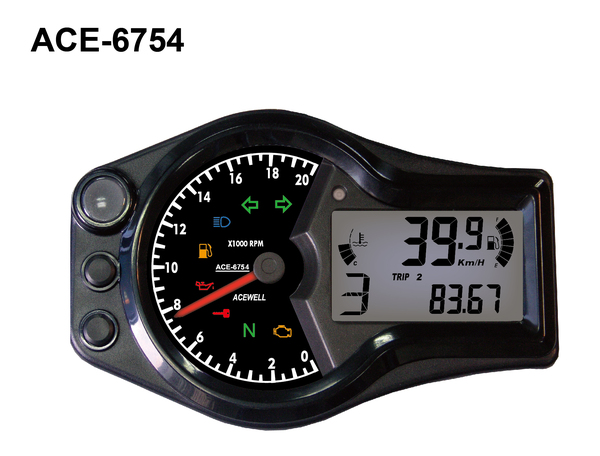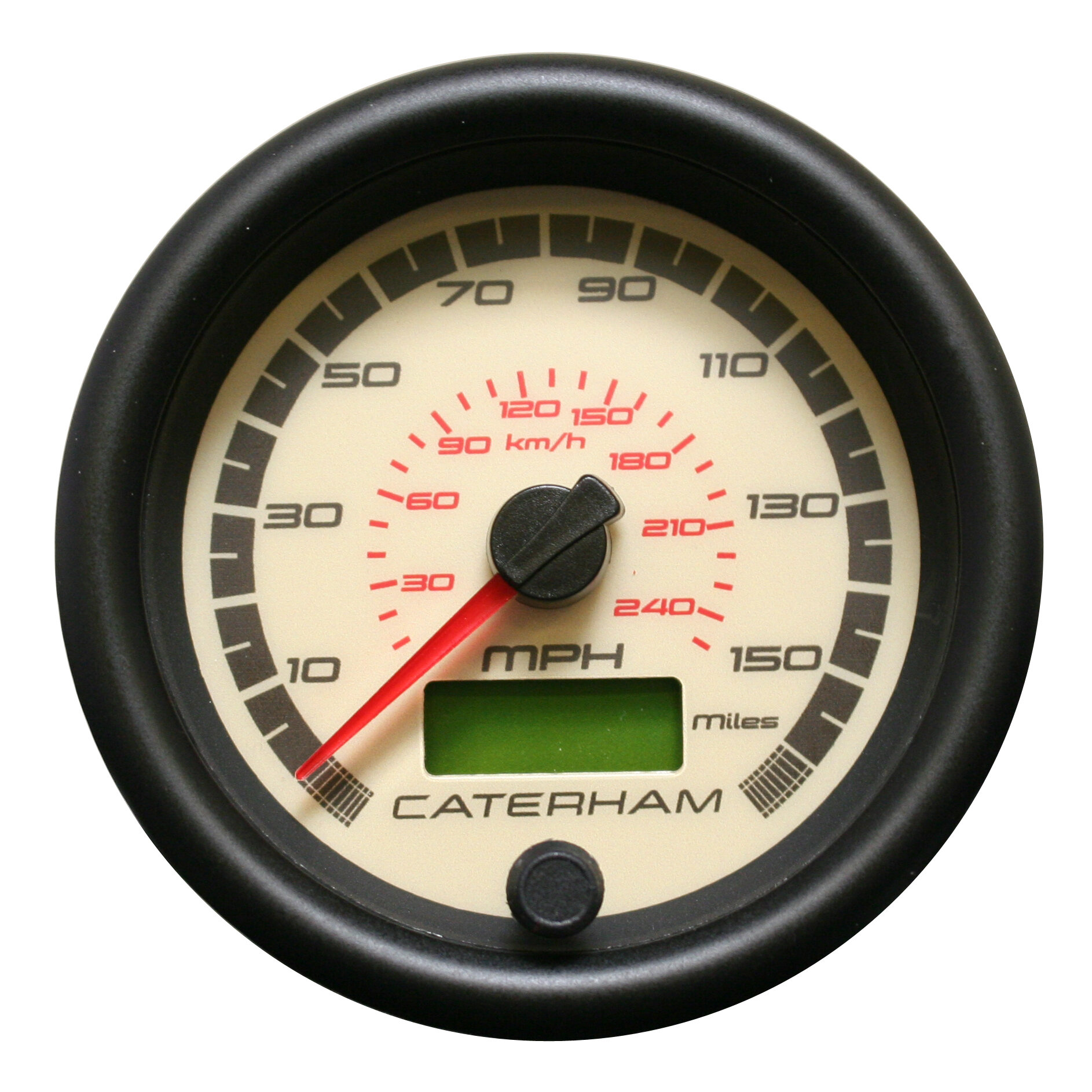Discover Exactly How a Tachometer Can Improve Your Automobile's Efficiency
Discover Exactly How a Tachometer Can Improve Your Automobile's Efficiency
Blog Article
The Importance of a Tachometer in Checking Engine Speed and Efficiency in Automotive Applications
In the realm of automobile engineering, the tachometer stands as a pivotal tool in the chauffeur's arsenal, offering a straight home window into the internal functions of a lorry's engine. Beyond its feature as a simple scale of transformations per min (RPM), the tachometer works as an important device for lovers and experts alike, providing real-time insights right into engine performance and health and wellness. Understanding the significance of this device goes beyond surface-level observations, delving into the complex connection in between engine rate, power result, and overall driving experience. As we check out the multifaceted role of the tachometer in auto applications, a much deeper appreciation for its influence on vehicle characteristics and efficiency begins to emerge.
Significance of Keeping Track Of Engine RPM
Checking engine RPM, or transformations per min, is an important aspect of automobile maintenance and efficiency assessment. Engine RPM directly correlates with the speed at which the engine's crankshaft turns, showing just how promptly the engine is running - tachometer. By monitoring RPM, mechanics can examine the wellness of the engine, detect prospective problems, and fine-tune efficiency. An uncommon RPM analysis may signal troubles such as engine misfires, damaged spark plugs, or problems with the fuel shipment system. Continually high RPM analyses can indicate aggressive driving behaviors or the demand for a greater equipment shift to enhance fuel effectiveness.
Furthermore, monitoring engine RPM is necessary for performance analysis in auto racing and high-performance cars. In recap, monitoring engine RPM is not only essential for discovering issues however likewise for maximizing engine performance in different automobile applications.

Advantages of Real-Time Data
In vehicle applications, real-time data plays an essential duty in providing immediate understandings into the performance and condition of the automobile. By continually checking numerous criteria such as engine rate, temperature, fuel usage, and extra, real-time information uses numerous benefits that add to boosted performance and security when traveling.
One significant advantage of real-time data is its ability to sharp drivers and specialists to any abnormalities or issues quickly. This positive method enables quick identification of potential troubles, permitting prompt treatments to avoid further damages or breakdowns. Furthermore, real-time information facilitates efficiency optimization by providing immediate comments on driving behaviors and engine efficiency. Chauffeurs can change their habits in real-time based upon this information to achieve better fuel economic situation and lengthen the lifespan of their lorry.

Furthermore, real-time information plays an essential function in contemporary automobile diagnostics, enabling professionals to rapidly detect and deal with malfunctions. This causes decreased downtime, reduced maintenance costs, and ultimately, improved overall lorry dependability and durability (tachometer). By harnessing the power of real-time information, auto stakeholders can make educated decisions that favorably affect both the performance and long life of the vehicle
Effect On Equipment Shifts
Effective gear changes other in automotive applications considerably affect general performance and driving experience. The tachometer plays a vital function in maximizing equipment changes by giving real-time engine speed data to the chauffeur. When approaching the redline on the tachometer, it signifies the driver to upshift to avoid over-revving the engine and creating potential damages. On the other hand, downshifting at the appropriate moment can assist maintain the engine in its power band, making sure responsive velocity when needed.
Furthermore, the tachometer aids in accomplishing smoother equipment changes, especially in hands-on transmissions. By keeping track of engine speed, vehicle drivers can carry out equipment changes at the optimum RPM range, lowering jerking movements and lessening endure the transmission components. This precision on duty adjustments not only enhances driving comfort but additionally adds to sustain effectiveness.
Enhancing Fuel Performance
Offered the vital duty the tachometer plays in optimizing equipment changes for efficiency and engine wellness, it directly contributes to optimizing fuel performance in vehicle applications. By giving real-time feedback on engine rate, the tachometer aids motorists in preserving the most reliable RPM range for fuel economic climate. When chauffeurs continually keep an eye on the tachometer and adjust their driving behaviors accordingly, they can prevent unneeded fuel consumption created by over-revving or hauling image source the engine.
Moreover, the tachometer assists chauffeurs determine the most fuel-efficient gear to be in at any type of given minute, preventing the engine from functioning more challenging than needed. This is specifically critical throughout acceleration and cruising, where remaining in the ideal gear can significantly affect fuel effectiveness. In addition, the tachometer can alert vehicle drivers to prospective mechanical issues that could be negatively impacting gas economic climate, such as a slipping clutch or a clogged up air filter. Finally, the tachometer serves as a useful device in boosting gas effectiveness by promoting optimum driving behaviors and determining locations for improvement in the car's performance.

Optimizing Engine Longevity
The tachometer's function in checking engine rate and efficiency is crucial in making certain the long life of vehicle engines. Keeping an eye on the tachometer permits drivers to stay within the recommended RPM array for their car, preventing unnecessary strain on the engine and prolonging its life-span.

Conclusion
Finally, the tachometer plays an essential function in monitoring engine speed and performance in automobile applications. By supplying real-time information on RPM, it allows for reliable gear shifts, boosted gas performance, and the original source made best use of engine longevity. This tool is necessary for keeping ideal engine efficiency and ensuring the overall performance of a lorry.
Report this page